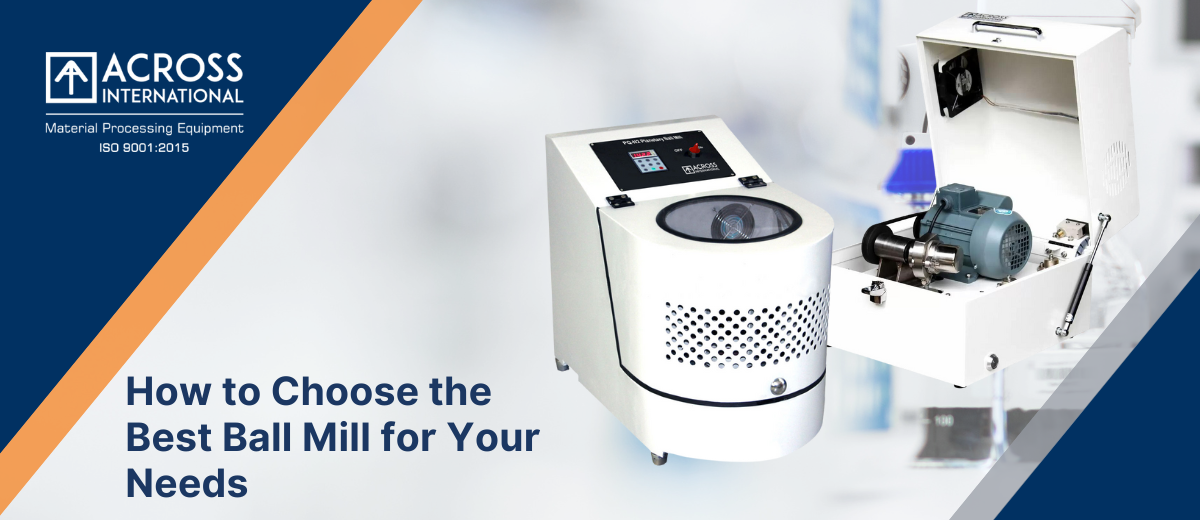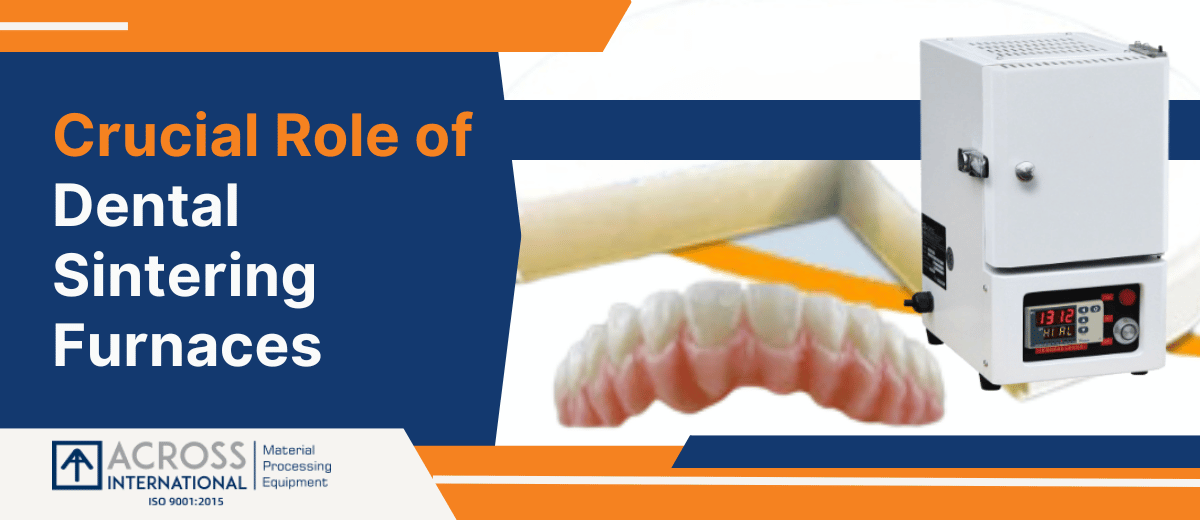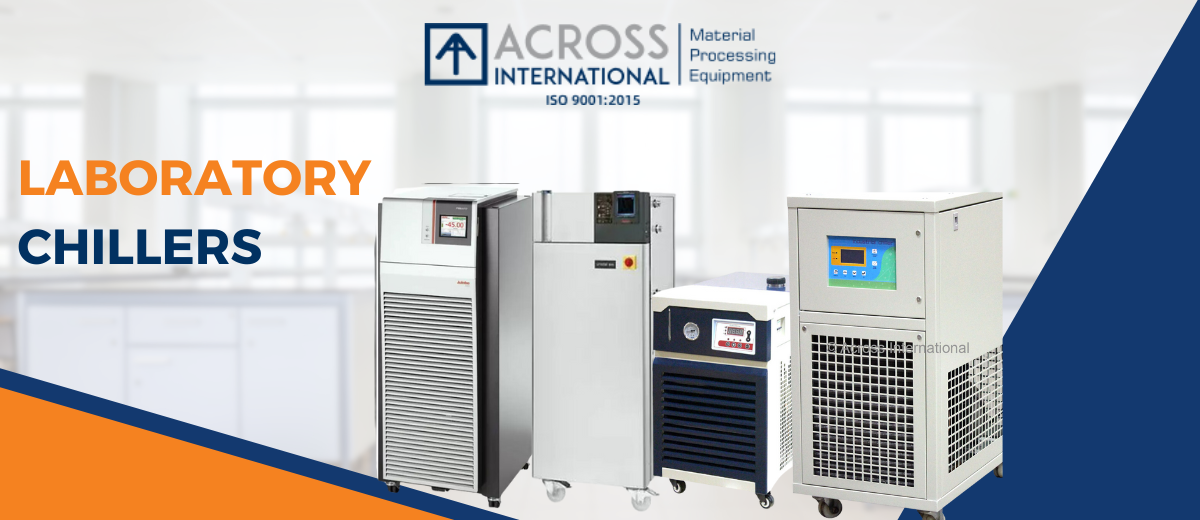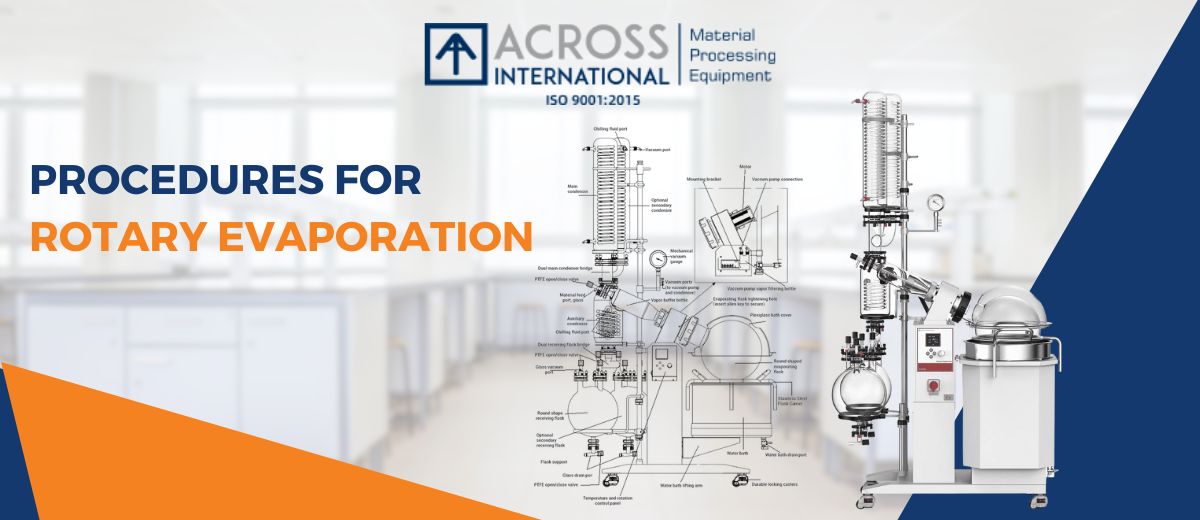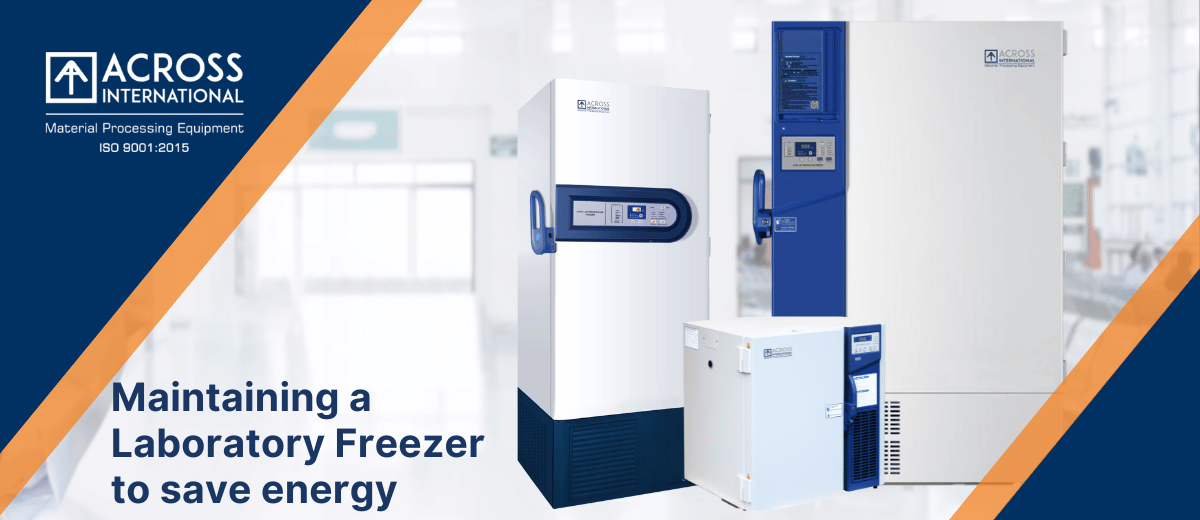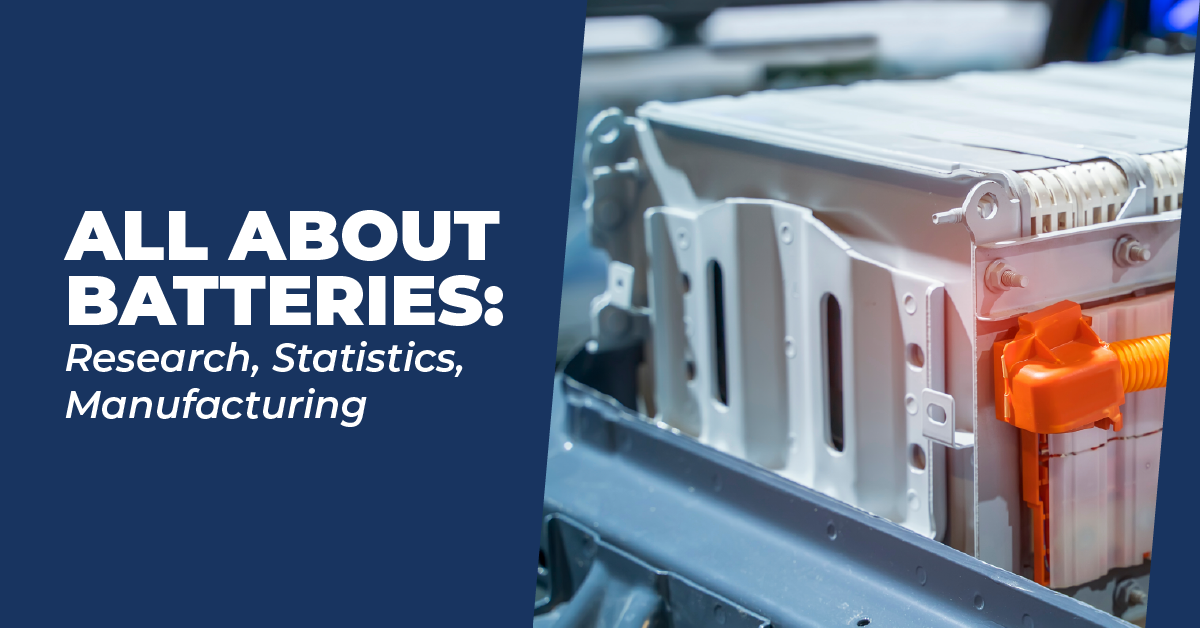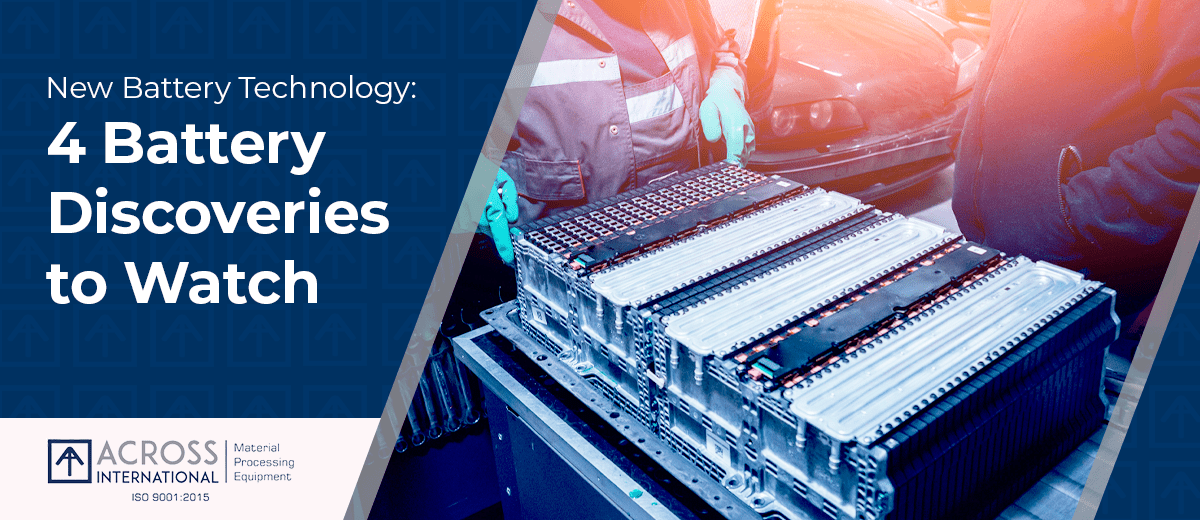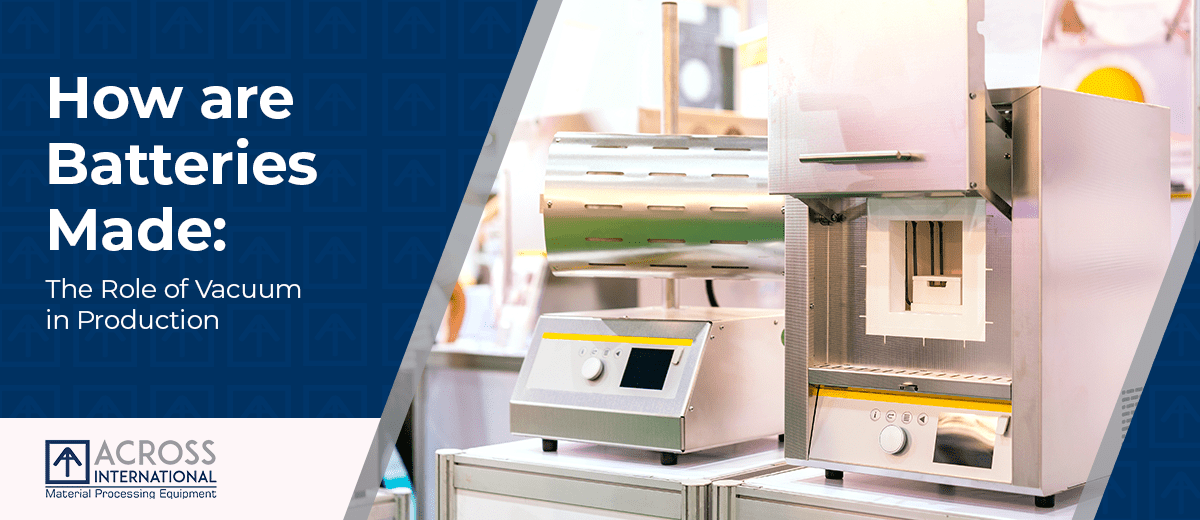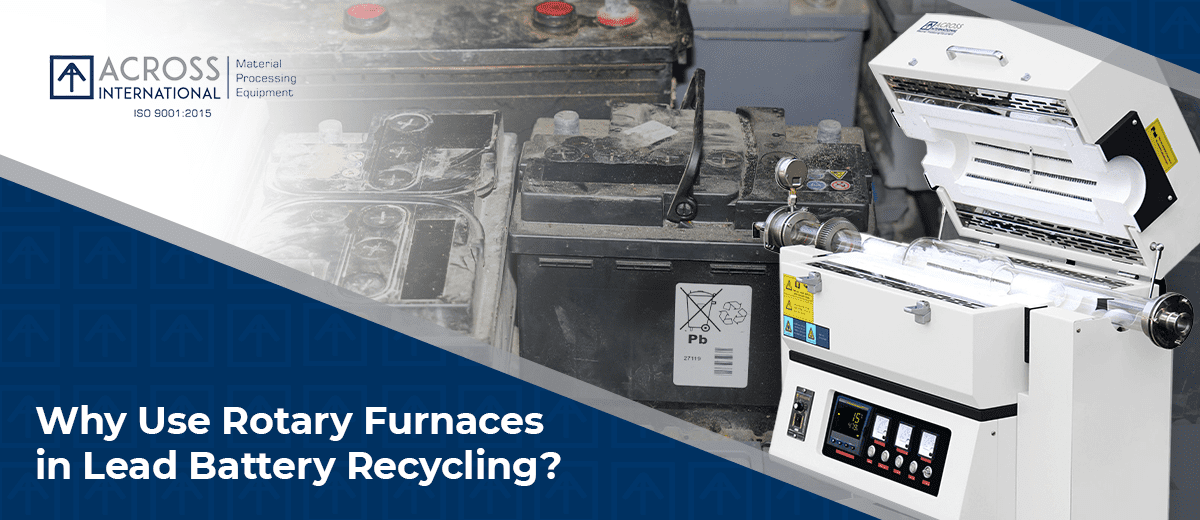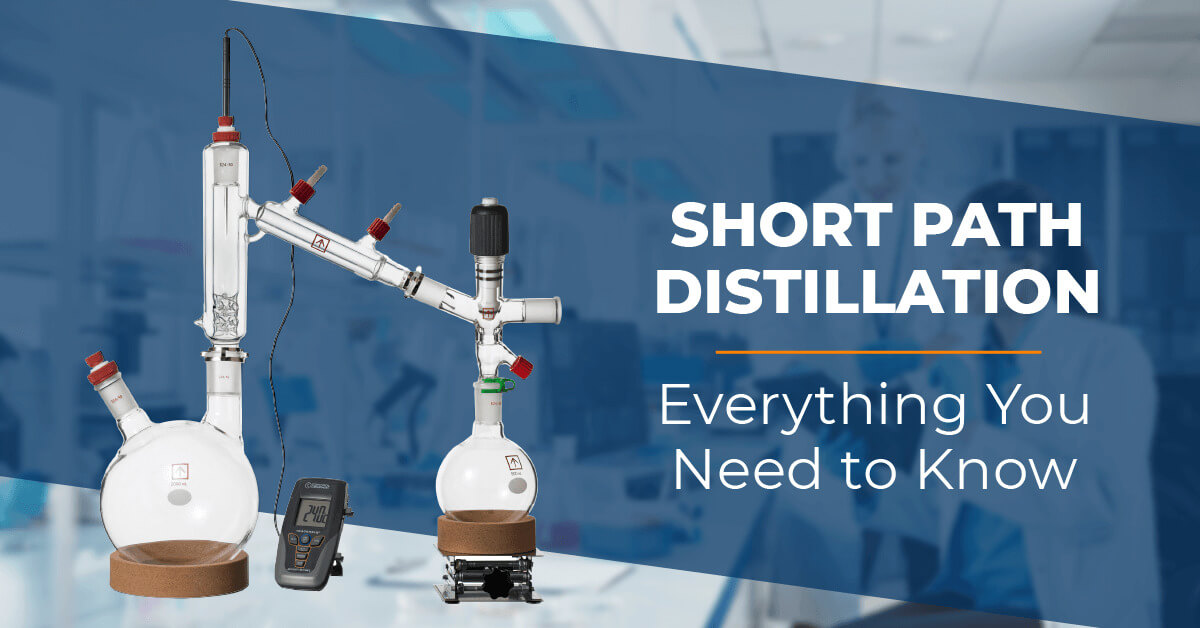We use cookies to make your experience better. To comply with the new e-Privacy directive, we need to ask for your consent to set the cookies. Learn more.
Ball Mills working principle & advantages
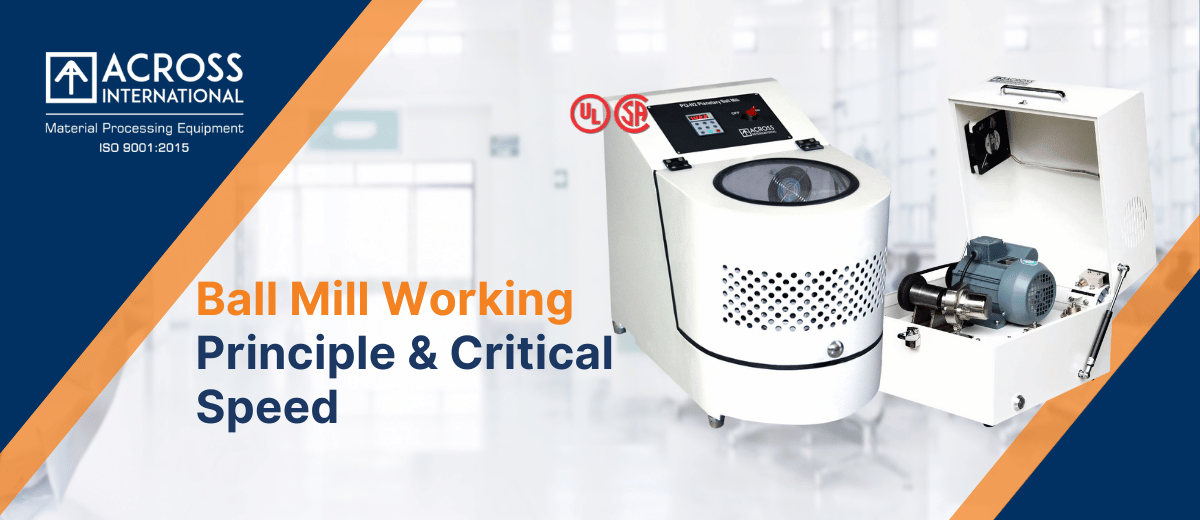
When most people think of milling machines, they envision a vertically oriented machine that contains rotary cutters. Traditional milling machines such as this are used extensively in the manufacturing industry to reshape workpieces. However, there are many other types of milling machines, one of which is a ball mill.
What is a ball mill exactly, and how does it differ from traditional milling machines?
Ball Mills Overview
Ball mill, also known as tumbling or pebble mill is milling equipment that encompasses cylinder-containing balls and is mounted on a metallic frame that can be rotated along with a longitudinal axis.
A ball mill is a type of grinding machine that uses steel or ceramic balls to grind materials into a fine powder. It works on the principle of impact and attrition.
Impact occurs when the balls are lifted by the rotating mill and then drop onto the material to be ground. The force of the impact breaks the material into smaller pieces.
Attrition occurs when the balls rub against each other and against the material to be ground. This friction helps to wear down the material into a powder.
Ball mills are used in a wide variety of industries, including mining, cement production, ceramics, and pharmaceuticals. They are also used in research laboratories to grind materials for analysis.
The material to be ground is fed into the mill through the feed port. The grinding medium is then rotated inside the mill, which causes the balls to impact and grind the material. The ground material is then discharged from the mill through the discharge port.
The critical speed of a ball mill is the speed at which the grinding medium reaches the centrifugal force required to stick to the inner wall of the mill. At this speed, the grinding medium will rotate around the mill with the shell, and there will be no grinding action.
To achieve effective grinding, the ball mill must operate above its critical speed. This ensures that the grinding medium is constantly tumbling and impacting the material to be ground.
Factors that affect the grinding performance of a ball mill include:
- The speed of rotation
- The size and type of grinding medium
- The size and type of material to be ground
- The filling ratio of the mill (the percentage of the mill volume that is filled with grinding medium)
Ball mills are a versatile and effective type of grinding machine. They can be used to grind a wide variety of materials into a fine powder.
Many techniques can be used for synthesizing materials called high-energy milling. Various components and machines are used for grinding applications and that’s where high-energy ball mill comes into play.
Ball Mill vs Traditional Milling Machine
A ball mill doesn’t have a cutting tool while a traditional milling machine depends on a rotary cutting tool. Ball mill leverage the force to perform operations and therefore, it doesn’t need a cutting tool.
Another difference lies in their respective function. While both are designed to remove materials, however ball mill support materials like ore, ceramics, and paint. The material is added to the ball mill compartment, wherein it is exposed to a rotating ball. This forceful rotation grinds down materials into ultra-fine, powder-like medium coarse.
Overview of Ball Mill
The large ball tends to break down coarse feed materials and the small ball mill to form fine products by reducing void spaces.
The degree of milling in a ball mill can be influenced by:
* The residence time of material in the mill chamber
* The size, density, and the number of ball mill
* The nature of the ball mill (hardness of grinding material)
* Feed rate and level in the vessel
* Rotation speed of the cylinder
There are different types of ball mill that exists. They may differ in operating principle, maximum capacity of the milling vessel, ranging from planetary ball mill, mixer mill, or vibration mill to several 100L for horizontal rolling ball mill.
How does Ball Mill Work?
Materials used to grind include iron ore and ceramics are added to the ball mill. It rotates either on its vertical or horizontal axis and bounces around while striking the enclosed material. The force of strikes helps to grind materials into a fine, less-coarse medium.
For a ball mill to operate, critical speed needs to be achieved. The enclosed ball begins to rotate along the inner walls of the ball mill. If it fails to reach critical speed, it will remain stationary at the bottom where they have no impact on the material.
Advantages of Ball Mill
1. Produces a very fine powder – particle size less than or equal to 10 microns.
2. Suitable for milling toxic materials
3. A wide range of applications
4. Used for continuous operation.
5. Used in milling abrasive materials.
Planetary ball mill is a very often used machine for mechanical alloying, especially in Labs & Universities. Because a very small amount of powder (for example, as little as a few grammes), is required, the machine is suitable for research purposes in the laboratory.
A typical planetary ball mill consists of one turn disc (sometimes called turn table) and two or four bowls. The turn disc rotates in one direction while the bowls rotate in the opposite direction. The centrifugal forces created by the rotation of the Mechanical Alloying.
Request Complimentary Lab Testing Service:
We will design and test the optimal Ball Mill griding solution for your application .You need to buy grinding Jars for the testing . Request for Lab Testing.
Contact Across International for Your Ball Mills Today for further details.


